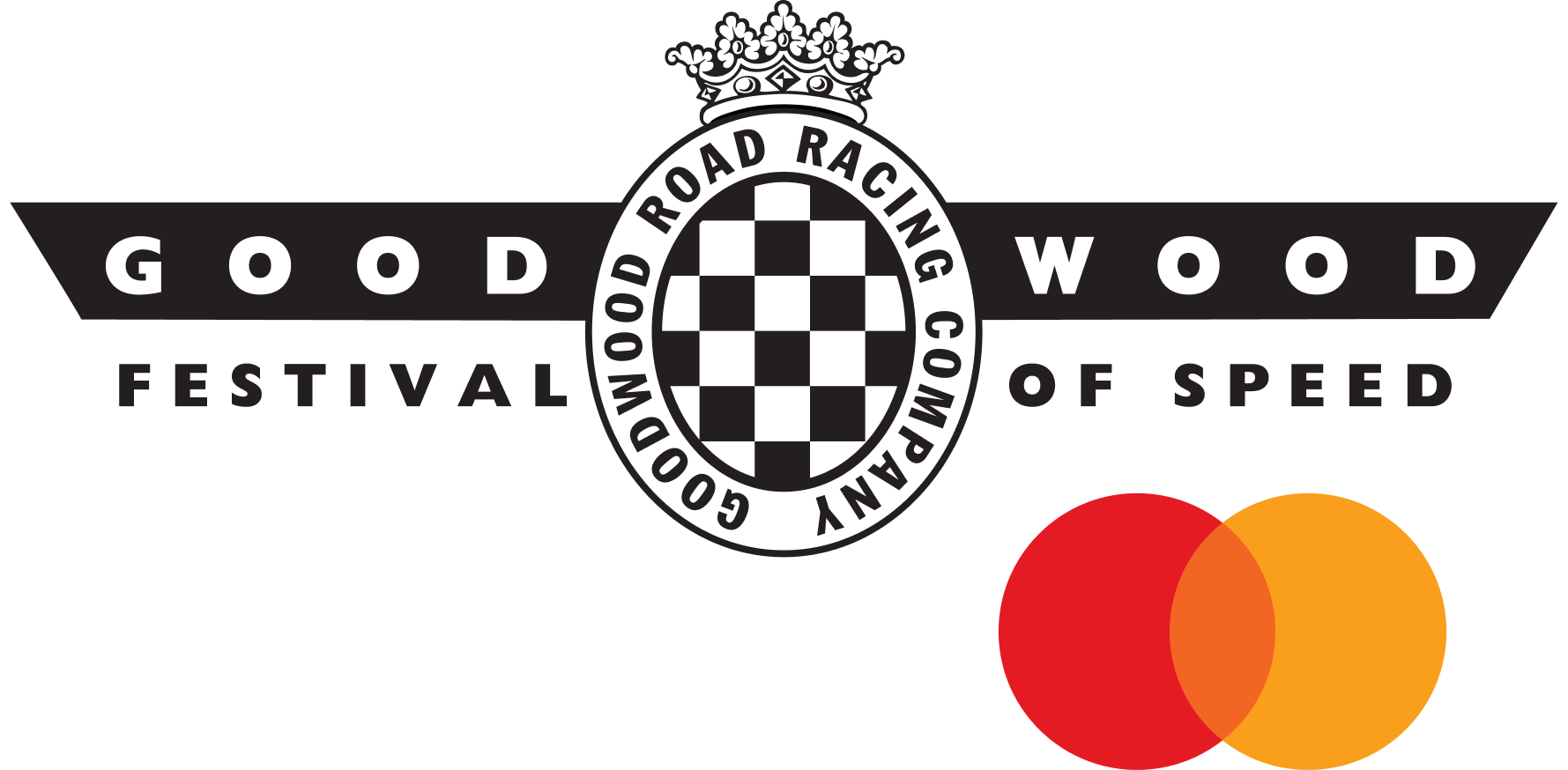John Simister: When cars were not so conventional
 John Simister
John Simister
You can get into nearly any car made in the last 20 years and find the main controls in the same places, give or take the occasional automatic transmission lever or light switch. Go back several more decades and the same is still broadly true, bar some dispute over which side the indicator stalk should be on.

The European ISO standardisation organisation sorted out the indicator stalk situation by deciding it should always be on the left, even in a right-hand drive car. Japanese and Korean cars took a while to conform, but they got there eventually. I was slightly saddened by this, having grown up with the notion that right is right in a right-hand drive car because that's where British manufacturers tended to put it. And they, being native right-handers, should know.
Actually my Saab 96 two-stroke – Swedish, left-hand drive and built in 1961 – has the indicator stalk on the right too, sharing that side of the steering column with the gear lever, but that's because it's an old Saab and entitled to be odd. No doubt some Scandinavian logic applied, given that old RHD Saabs have both those controls on the left. Anyway, the eventual ISO diktat pleased carmakers greatly, because it meant they could use the same stalk package for all markets and therefore save money.
Imagine, then, the brain re-programming needed to drive different cars when conventions were still fluid. It was not until the mid-1930s that the centre accelerator pedal, neatly and symmetrically flanked by the clutch and brake pedals, finally disappeared, and it may have lingered even longer in some competition cars. A gear lever was often to be found on the right, in a right-hand drive car, during motoring's early years, and the practice persisted in much later mid-engined racing cars because it made for a simpler linkage to the gearbox. The 1950s Riley Pathfinder had a right-handed gear lever, too, as did a few of its upmarket contemporaries.
A steering wheel, though, is surely a given, and always has been. Hasn't it? Not when cars were invented, no; the direction-controlling device favoured by motoring's pioneers was the tiller, a bar pivoted at one end as though controlling a rudder. I have driven two tiller-steered veteran cars. One was a 1904 Vauxhall, in (or on) which I put-putted part of the way to Brighton on the annual Emancipation Run, as the London-to-Brighton was originally called. This was a small, light car, whose tiller steering was very quick and accurate but lacked any discernible self-centring, so it called for much concentration.
The other was a 1904 Lanchester, belonging to the Jaguar Daimler Heritage Trust as it was then known. Lanchester, eventually absorbed by Daimler, was a particularly innovative and pioneering company thanks to the creative genius of Dr Fred Lanchester, and this 1904 machine illustrated well his compulsion to do things differently. So its 2470cc, four-cylinder engine had new-fangled overhead valves, and it sent its power to the wheels via an epicyclic transmission controlled by a large stick. This kept the left hand occupied while the right hand was on tiller duty.
It's all a bit of a blur, for reasons which will become clear, but I think the stick worked like this. You slid its handle up, then twisted it one way to find reverse gear, the other way for first. For second and third, you slid the handle down and repeated the twist. Drive was engaged by pushing the lever forward. The epicyclic gearbox's brake bands tightened and loosened as required to achieve the right ratio, so there was no unseemly crunching of teeth, no need for perfect metering of engine revs. It all sounds deliciously logical, so much so that you wonder why this system didn't quickly become the norm.
That it didn't might be because actually finding the gears as I twisted the stick was a lottery at best. Meanwhile the steering tiller needed so much effort from my uncomfortably bent elbow, and there was so much flex in the system, that my body just couldn't cope with this onslaught of muscular micro-management. Nor was there anything familiar on which to anchor my usual auto-responses: a steering wheel, for example.
All of which means that, if you're me, you're trying so hard just to tease the Lanchester into meaningful motion that you forget to steer. So it was that I drove the Lanchester gently up a bank on quite a busy rural road in Surrey, causing a minor traffic thrombosis just around a blind bend.
No damage was done, except to my self-esteem, and luckily I had with me Mike Beasley, then Jaguar's managing director and the only man who could drive the Lanchester correctly. He did so fluently and nonchalantly as if it were the easiest-driving car in his corporation's history. He reversed it off the bank and away we went, my daughter chuckling away in the back seat.
Some time soon, I'll tell you about a Morgan three-wheeler which defeated me nearly as completely as the Lanchester did. Meanwhile, my mind is still full of the heroic exploits of the drivers racing in the S.F. Edge Trophy at the Members' Meeting just past, in machinery such as a 1903 60hp Mercedes on which driver Ben Collings sat a good four feet above track level, and the Fiat S76 'Beast of Turin' whose bonnet-top was at shoulder height. But at least they all had steering wheels to hold.
John simister
S.F. Edge Trophy
Pre-War






































































